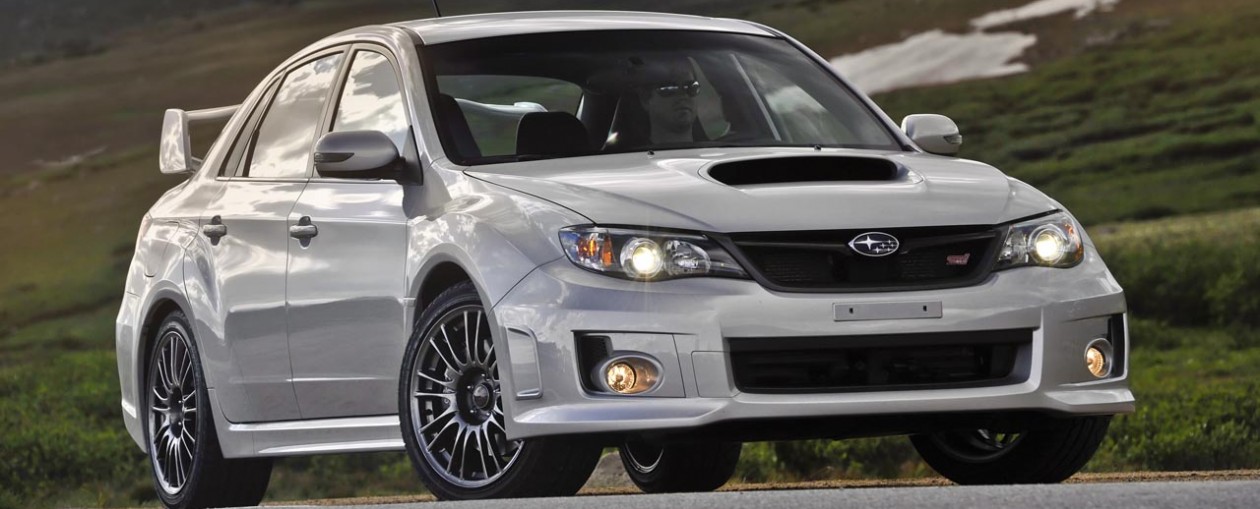11.) Pick a side to start on. With the engine high enough, use your breaker bar to take out the forward 14mm bolt holding the mount bracket to the engine.
12.) Now, do the same for the rear. Here you will have to use the 14mm flex head ratcheting wrench. This single tool makes this job easy. If you need extra torque to break it free, put another solid box end wrench on the open end to give you more leverage. Once it is removed you can now remove the bracket and mount together. Below are pictures of the rear bolts to help you find them. I can tell you the driver side is the harder since the steering column and rack are more in the way.
13.) Install your new motor mount into the car for that side, then repeat step 12 for the other side.
14.) Once you’re all bolted up (see below for torque values), you can lower the motor. Don’t forget to take the nuts off the studs if you were using them as a safety device. Also don’t forget to remove the jack stand from the tranny pan.
If you find the studs are too far back and won’t align with the slots in the subframe as you lower the engine, here’s a trick. Lay under the driver side, but be sure to keep your hands nice and clear of any pinch areas. Have the motor lifted so the studs are just slightly above the subframe with your buddy operating the release. Stick the breaker bar between the driver’s side manifold and the subframe and pry the engine forward. Once it’s roughly aligned, tell your buddy to VERY SLOWLY lower the engine. Everything should go together fine.
Now put everything back in reverse order of above. Pertinent torque values are below.
Happy motoring and enjoy your new mounts!
Upper radiator brackets: 8.9 ft-lbs
Pitchstop lower bolt: 36.9 ft-lbs
Lower subframe brace bolts: 44.3 ft-lbs
Front swaybar D-bracket bolts/nuts: 18.4 ft-lbs
Engine mount bracket to engine bolts: 25.8 ft-lbs
Engine mount to bracket nuts: 31.0 ft-lbs
Engine mount to subframe nuts: 62.7 ft-lbs
